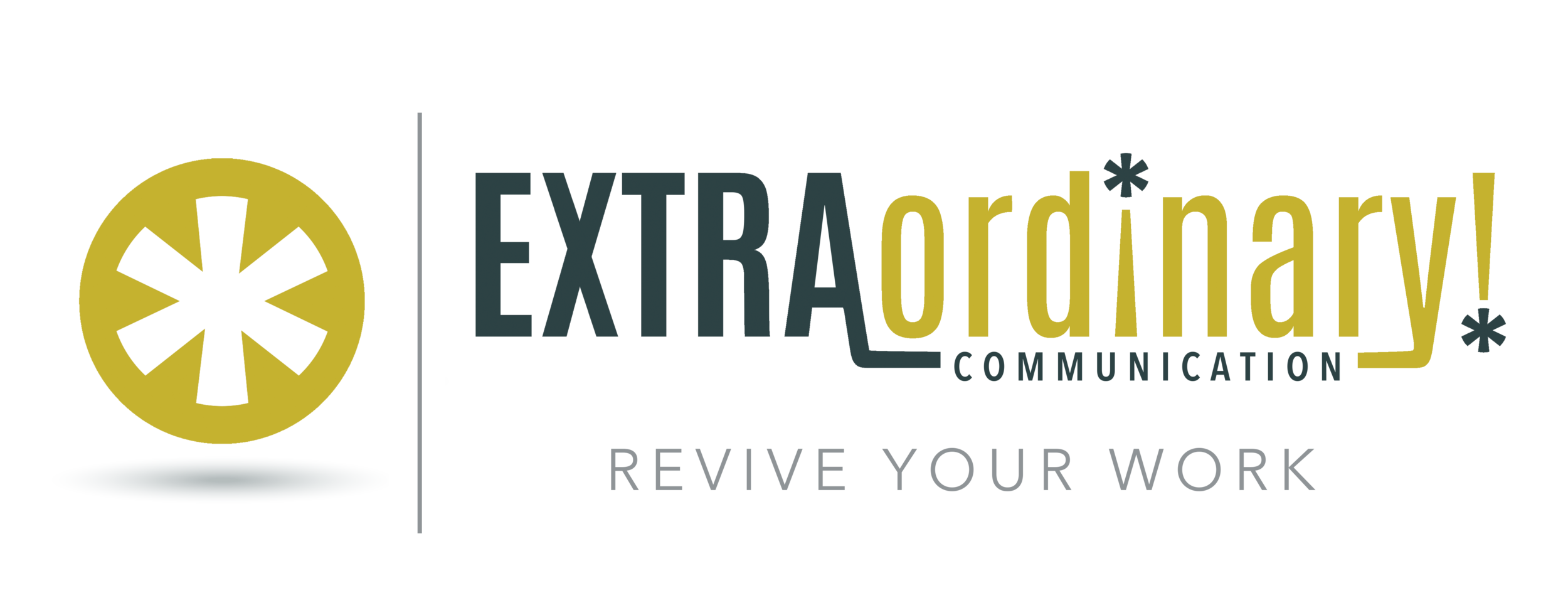E-couragement: You're In Sales
“Be a good listener. Encourage others to talk about themselves.” Dale Carnegie
 We were having coffee at a local Starbucks and discussing strategies to grow our businesses in the upcoming year. My coffee partner is an author of six books as well as an experienced and successful life/professional development coach. He said, “Rich, I need to be better at selling. I’ve resisted this in the past. To be honest, the thought of being a ‘salesperson’ makes me uncomfortable. That’s got to change. I’m ready to improve my selling skills in order to add new business. Can you help me?” I was impressed with his honesty and courage as I wondered why the word “sales” causes such an adverse reaction in so many people.
We were having coffee at a local Starbucks and discussing strategies to grow our businesses in the upcoming year. My coffee partner is an author of six books as well as an experienced and successful life/professional development coach. He said, “Rich, I need to be better at selling. I’ve resisted this in the past. To be honest, the thought of being a ‘salesperson’ makes me uncomfortable. That’s got to change. I’m ready to improve my selling skills in order to add new business. Can you help me?” I was impressed with his honesty and courage as I wondered why the word “sales” causes such an adverse reaction in so many people.
After a moment, I responded, “Here’s what I understand about your coaching business: Your job is to help clients discover solutions to their needs or challenges. You ask intentional questions. You listen. Then ask and listen some more until the solution they’re seeking becomes clear. You help then clarify and take the necessary action steps to make that solution a reality. How’s that sound?” He replied, “Yes, that’s exactly it.” Looking at him and smiling I concluded, “My friend, your coaching process is a very effective sales process.” He looked intrigued and relieved at the same time. I concluded, “Selling is simply asking skillful questions, listening intently, and guiding someone to the right solution that achieves their desired outcome.”
He was convinced. “Okay, I’m in. What’s an effective sales questioning process that will help turn the right prospects into clients?” Nice question I thought to myself. Here’s a simple and effective four-step questioning process that will help you sell more successfully:
- Current State: Begin by getting crystal clear about your prospect’s current situation. "How would you describe what's going on now? What do you like most/ least about the current situation?" Have the discipline to understand their current situation before rushing towards a potential solution.
- Future Ideal: Discover your buyer's vision of their ideal situation. “What would you like to change about the current situation? What should be different?” Get clear on what their vision for the future looks like.
- Prevent: Identify factors that might be barriers to the prospect of achieving their future ideal. "What's stopping your vision from happening now? What might prevent you from reaching your future ideal state?"
- Meaning: Clarify how the buyer will personally benefit from the solution. This question requires courage to ask. Responses to these questions allow you to understand and appeal to emotional reasons for buying. "When your ideal vision is reached, what will it mean to you personally?”
The bottom line is: you’re in sales. It’s time to stop the resistance. What you’re selling might be unique: ideas, projects, concepts, or products. What’s not unique is that most people don’t have an effective process to sell successfully. Try the four steps above. It’s a matter of asking skillful questions, listening intently, and guiding people to their desired outcome. Happy selling and happy holidays
Leave your comments: Why do you think so many people resist the idea that they’re actually in sales?
